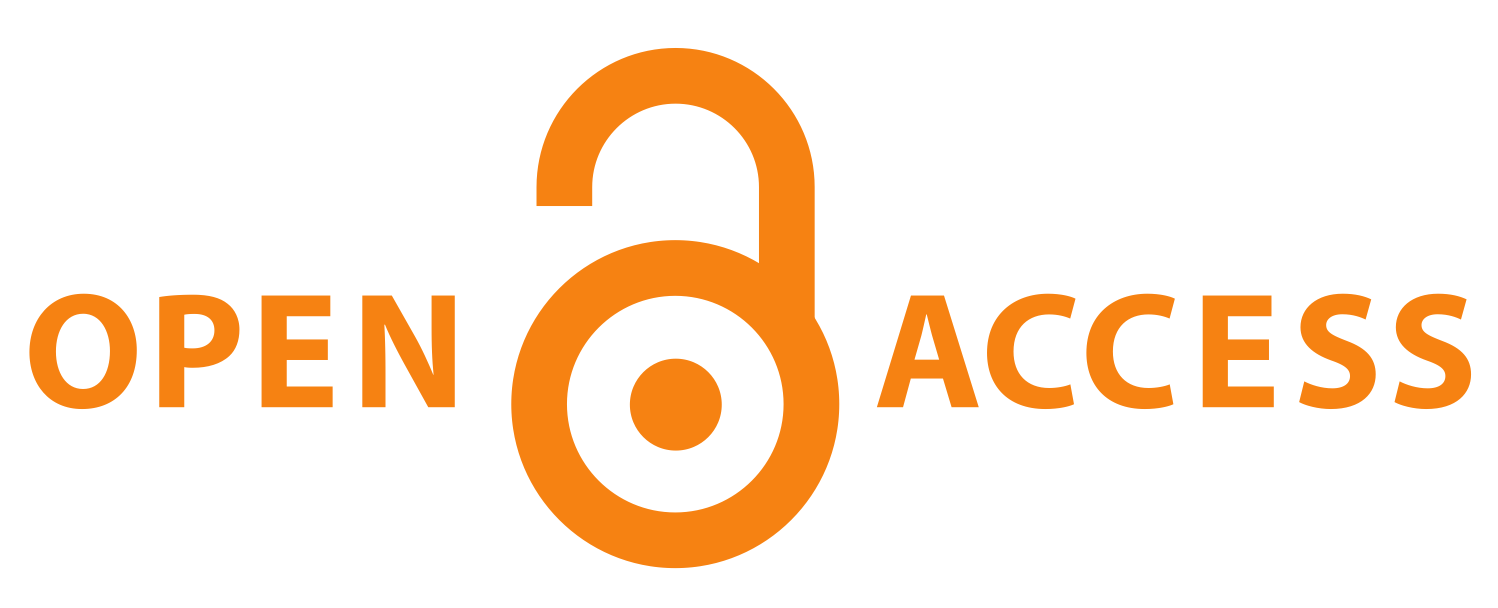SciComm Corner – Why is science communication important?
Science communication is the practice of communicating scientific information to a non-specialist audience. It is important for a number of reasons, including:
• To help people understand the world around them. Science is a powerful tool for understanding the world around us, but it can be difficult for people to understand complex scientific concepts. Science communication can help people to understand these concepts in a way that is clear and accessible.
• To build public trust in science. When people understand science, they are more likely to trust scientists and the scientific process. This is important because science is essential for making informed decisions about important issues, such as climate change and public health.
• To encourage participation in science. Science communication can help to encourage people to participate in science, either by volunteering their time or by supporting scientific research. This is important because science needs the participation of a diverse range of people in order to be successful.
• To promote scientific literacy. Scientific literacy is the ability to understand and use scientific information to make informed decisions. Science communication can help to promote scientific literacy by providing people with the knowledge and skills they need to understand and use scientific information.
In short, science communication is important because it helps people to understand the world around them, build trust in science, encourage participation in science, and promote scientific literacy.

Here are some examples of how science communication can be used to achieve these goals:
• Breaking down complex scientific concepts into easy-to-understand terms. For example, a science communicator might explain the concept of climate change in a way that is clear and accessible to people who do not have a background in science.
• Using visuals to communicate scientific information. Visuals, such as infographics, videos, and animations, can be a powerful way to communicate scientific information in a way that is engaging and memorable.
• Telling stories about science. Stories can be a great way to engage people’s interest in science and make it more relatable. For example, a science communicator might tell the story of a scientist who made a major breakthrough in their field.
• Using humour to communicate scientific information. Humour can be a great way to make scientific information more accessible and enjoyable. For example, a science communicator might use a joke or funny anecdote to explain a scientific concept.

Science communication is a broad field, and there are many different ways to communicate science. The best way to communicate science will vary depending on the audience and the purpose of the communication. However, all science communication should be accurate, clear, and engaging.
ABOUT SCICOMM CORNER
As well as bringing you the latest science through our publication, we also like to share our opinions and insights about the world of science communication. Here we provide practical guidance for scientists and science communicators who desire to communicate science to a broader audience in an effective and engaging manner.
All posts are brought to you by the Scientia team and invited guest bloggers. If you would like to get involved and share your opinion in SciComm Corner then get in touch, we’d love to hear from you: info@sciencediffusion.com
Creative Commons Licence
(CC BY 4.0)
This work is licensed under a Creative Commons Attribution 4.0 International License. 
What does this mean?
Share: You can copy and redistribute the material in any medium or format
Adapt: You can change, and build upon the material for any purpose, even commercially.
Credit: You must give appropriate credit, provide a link to the license, and indicate if changes were made.

Open access vs Public access the case for democratic outreach in academic communication
While the move towards open access and its benefit to the wider scientific community is laudable, it comes at a cost—a cost, like most publishing costs in academia, that is ultimately funded by the general public. In 2023, approximately 45% of academic papers were published as open access. This figure represents a continuation of the growth trend seen in open access publishing over the past decade. This figure is based on all OA models: fully open access (gold), green (self-archived), bronze (free to read without a clear license), and hybrid models. Approximately $2.25 billion of public funds were spent to make those academic papers open access.
